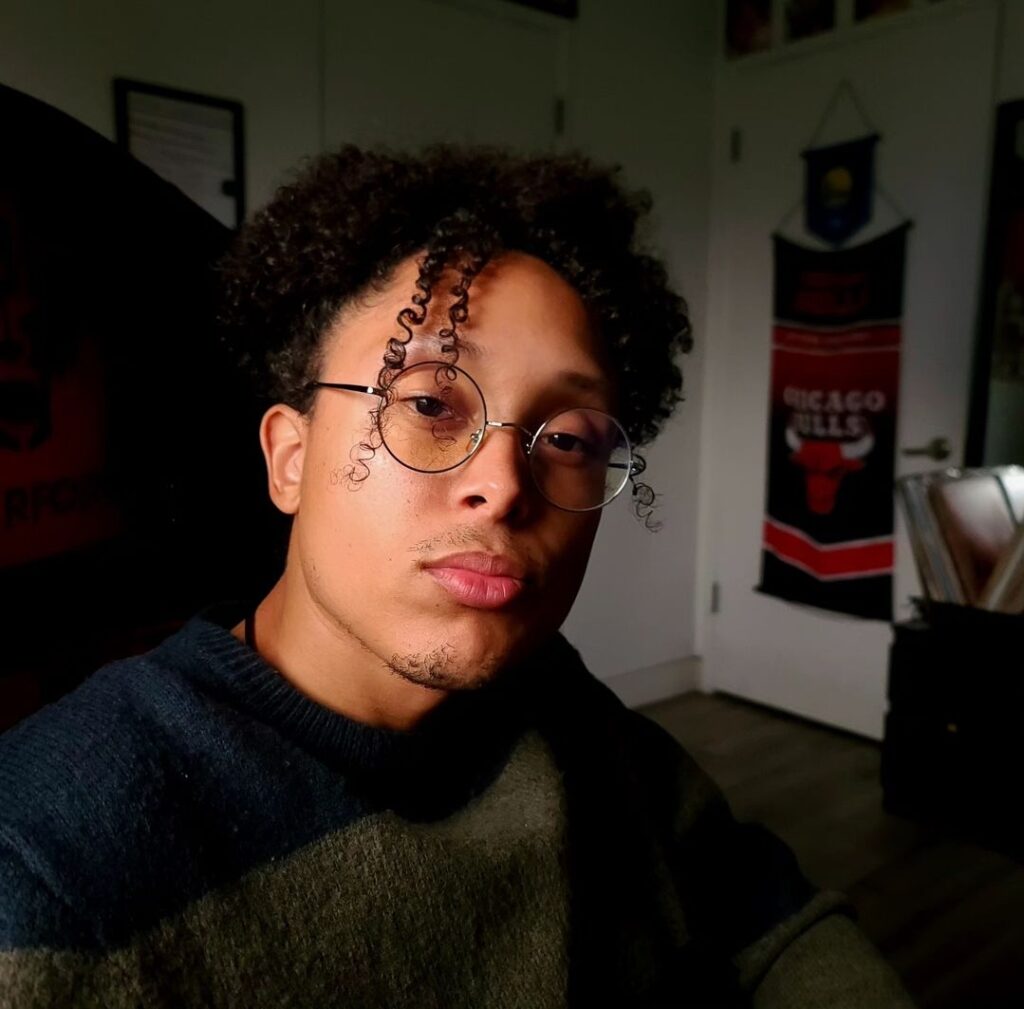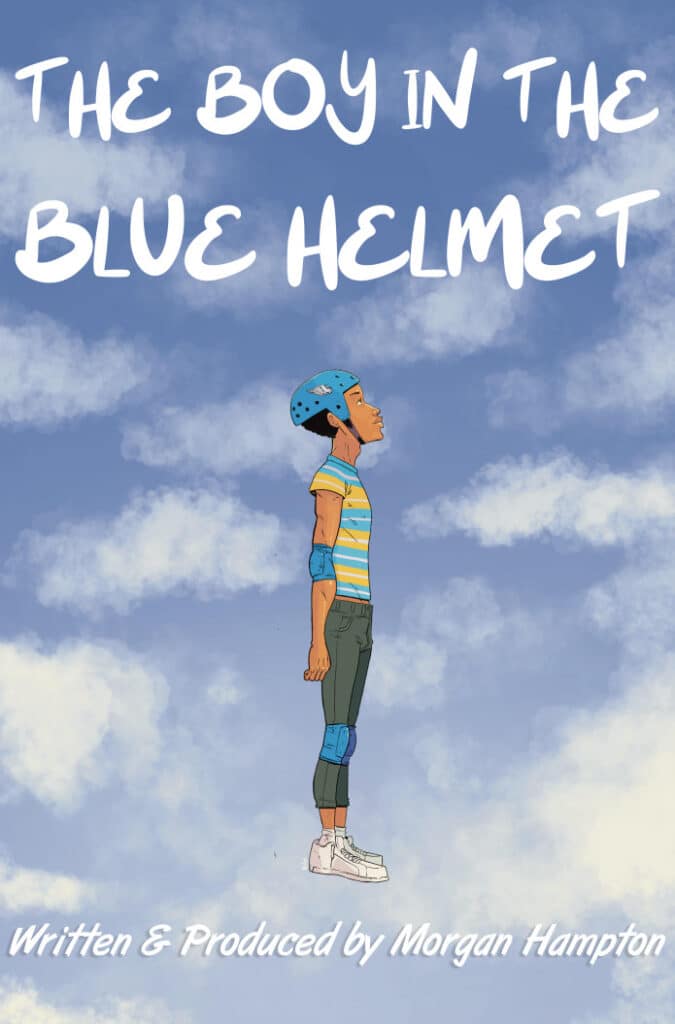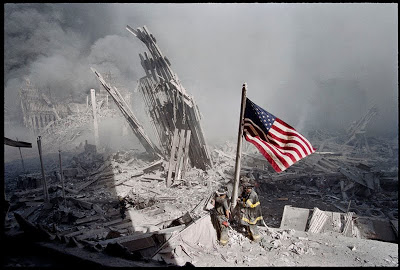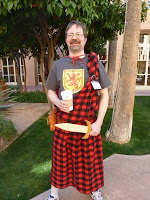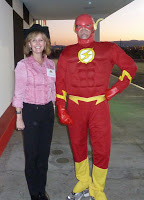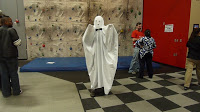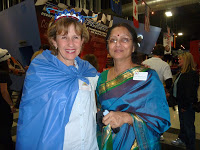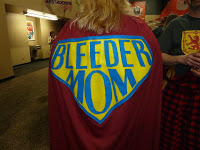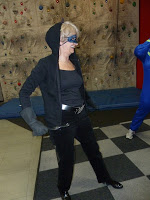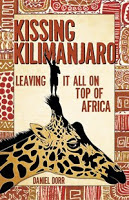Dr. Morbius’s Rare Blood Disorder
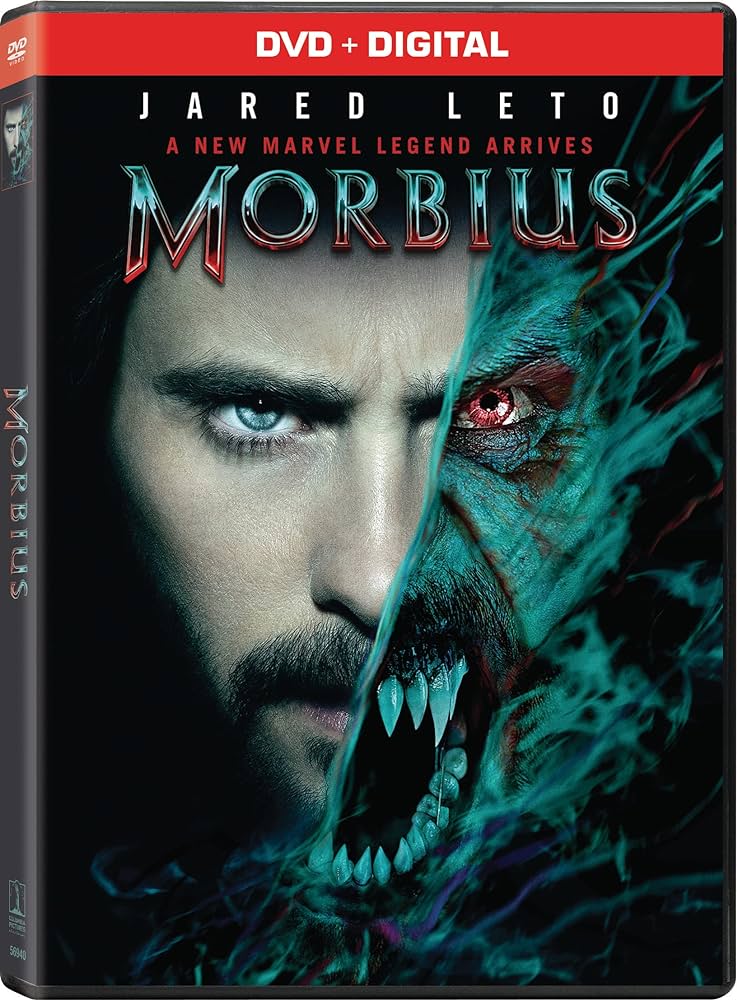
Last week we profiled Morgan Hampton, who works for DC Comics, providing the writing for the uber cool character Cyborg. Marvel Comics has its own universe of characters, of course, and our archivist Richard Atwood has written this week about Marvel’s Dr. Morbius, as he appears in the 2022 Columbia Pictures “Morbius,” staring Jared Leto. It’s available for free with a Netflix subscription, and iTunes for a rental fee.
Morbius, like people with hemophilia, has a rare blood disorder.
Richard writes:
Michael Morbius (Jared Leto) is born with a rare blood disorder that has no cure. Since his childhood in Greece, and subsequent schooling for gifted children in New York City, he has needed crutches to barely walk. After earning a doctorate at age 19, Morbius discovers which DNA he is missing. As a leading authority on blood, he creates artificial blood, for which he is receives a Nobel Prize nomination, an honor that he rejects.
At Horizon Lab, he conducts research and sees patients. Funded by his childhood friend Lucien (Matt Smith), who he re-names Milo, Morbius conducts expensive, illegal and unethical experiments in a laboratory aboard a cargo ship that is sailing in international waters, thirteen nautical miles off the coast of Long Island. Morbius, along with his colleague Dr. Martine Bancroft (Adria Arjona), mixes human DNA with vampire bat DNA that he collected in Costa Rica. These bats feed exclusively on blood and have an anticoagulant in their saliva. When Bancroft injects Morbius with the mixed DNA serum, he adopts the characteristics of bats, assuming great speed, agility and strength, and echo location. When agitated, he assumes the physical characteristics of bats, especially their impressive fangs and claws, which he then loses when he returns to calm.
Morbius, after turning into the bat-like creature, kills the entire security detail of eight thugs on the research vessel, and drains their blood. FBI agents arrest Morbius for these murders, and place him in the Manhattan Detention Complex, from which he escapes.
Milo, the true villain of the story, wanting simply to live longer, takes Morbius’s serum and hungers for blood. He drains the blood of his victims, killing them. Morbius is accused of these additional murders and becomes known as the “vampire murderer” in NYC. Still on the run from the police, Morbius creates two doses for an antibody that inhibits ferritin and induces massive iron overload and instant hemochromatosis. When Milo bites Bancroft to drink her blood, Morbius injects the antibody into Milo, killing him. Bancroft, turned with red eyes, remains alive.
Morbius in the Marvel comics version is actually a villain for Spider-Man. The uncredited supporting cast is composed of millions of bats who come to the aid of the antihero. The movie had two wins and four nominations for awards. The budget of $75 million was surpassed by the world gross of $167 million. The rare blood disorder and its missing DNA are never identified, though drinking artificial blood is a treatment that lasts only six hours for Morbius.
And from me (Laurie), likewise, a blood transfusion from a person without hemophilia would stop a hemophilic bleed only temporarily, as the blood is used up. The lesson? Use your factor if you have hemophilia! It won’t turn you into anything except healthy.

